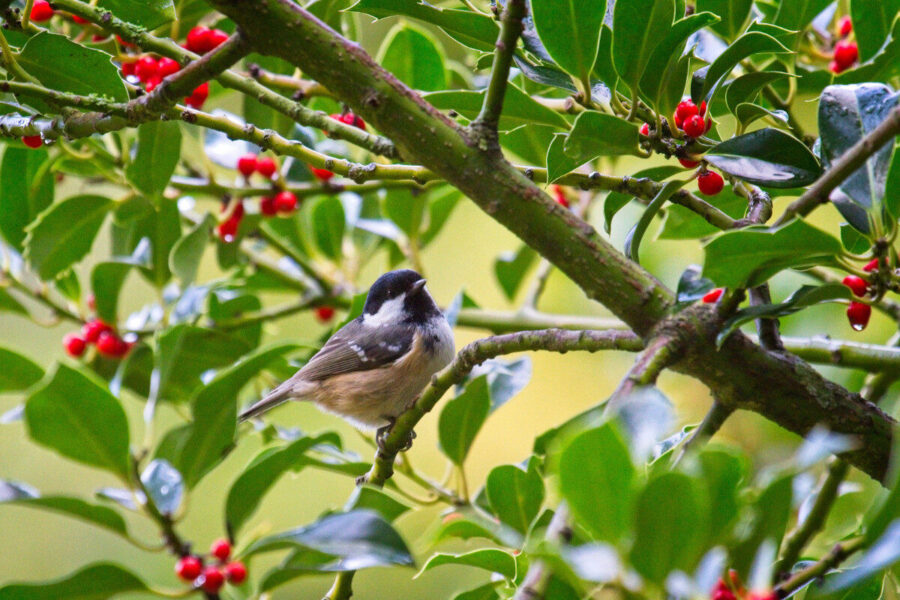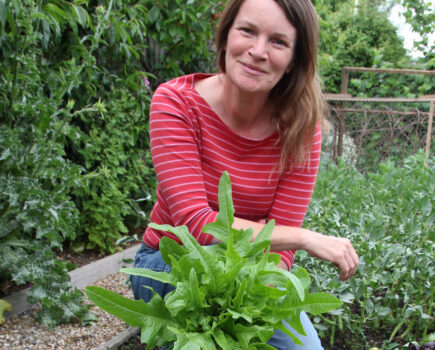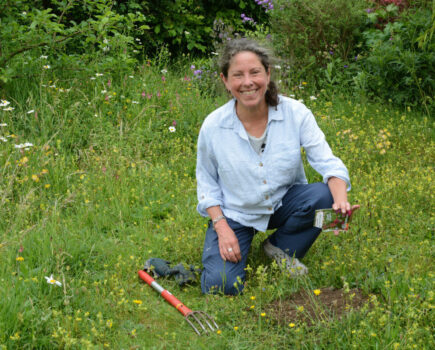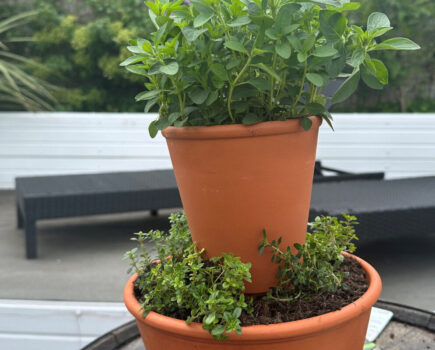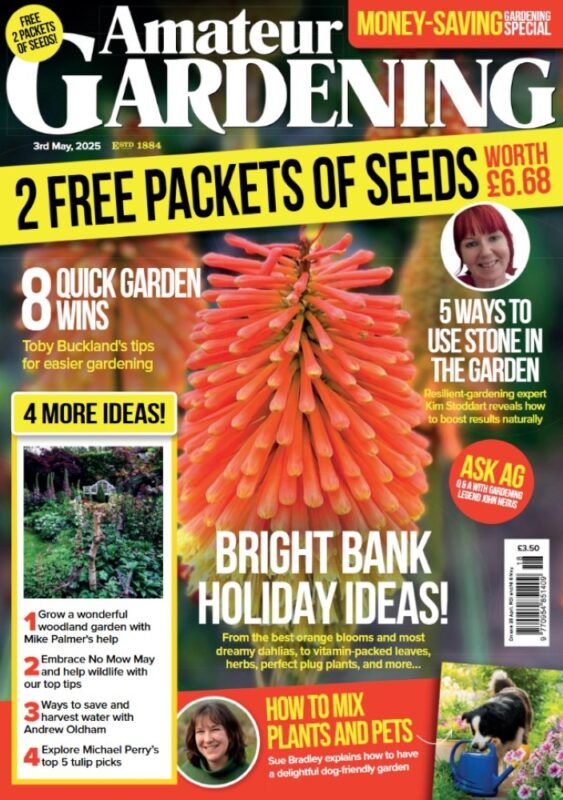How indifference turned to a love of shrubs for Andrew Oldham
Unlike Monty Python’s Knights who say ‘Ni’, I wasn’t always a fan of shrubs. I used to see them as something that was caught in a no man’s land between flowers and trees.
For several years I dragged around the only shrub I had, a cotoneaster, which was planted in an old washtub. It went from house to house and then came here to my home at Pig Row where I instantly forgot about it, dumping it behind a freshly planted hornbeam hedge.
Last year, after a decade of planning to do something with it and instantly rushing off to do something supposedly more enjoyable, I took stock of the bedraggled thing and considered two options: either planting it in the ground or chucking it onto the compost heap.
The fact that I thought of doing the latter sums up my relationship with shrubs. Thankfully, I decided to plant it and for that first year it sat in the soil, sulking. I gave it a hard prune to spur it on, and it sulked further.
Then this spring, it started to come back, greener than before and it did something it had not done in years, it flowered. I was instantly mesmerised by that early colour in the garden and how bees swarmed over it and I decided to look at shrubs afresh from then on.
Why shrubs matter

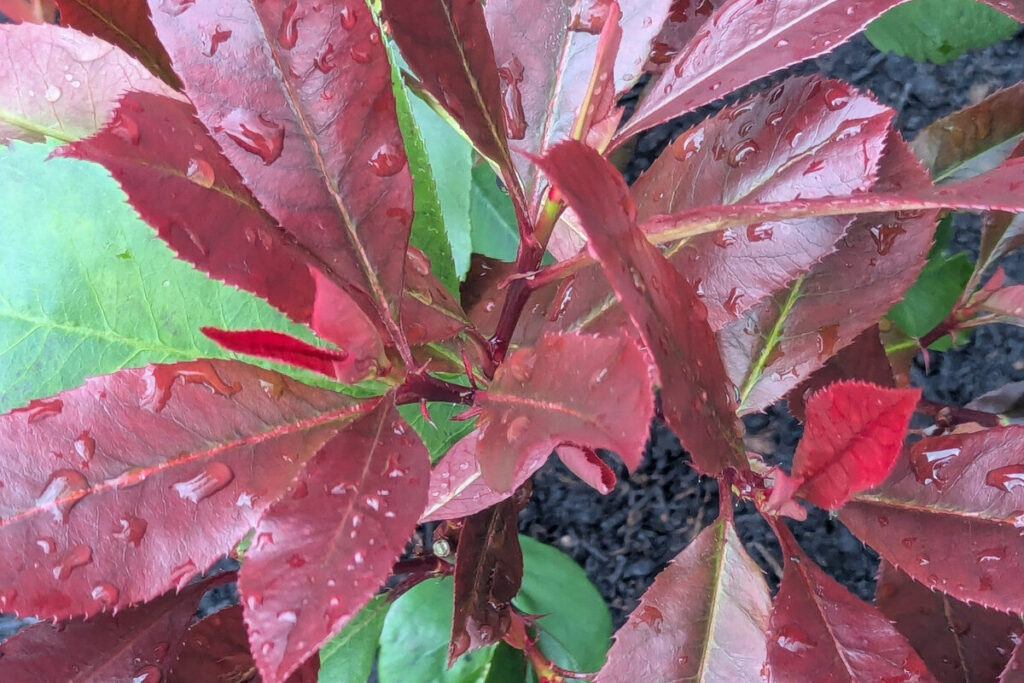
As well as providing an important habitat for wildlife, these hard-working plants offer important structure to a garden. I always avoided shrubs due to the cost, as they can be expensive and when you are working on a tight budget, you don’t want to splurge when that money can go on something else. But once you have them, then you can expand your collection through propagation, so it’s an investment worth making.
There are also practical reasons for me to plant shrubs. I am not getting younger, and though I am active in the vegetable patch, I want to create a sustainable, balanced garden throughout my quarter acre that keeps the soil covered and the wildlife happy.
Andrew’s new shrub choices for the cottage garden
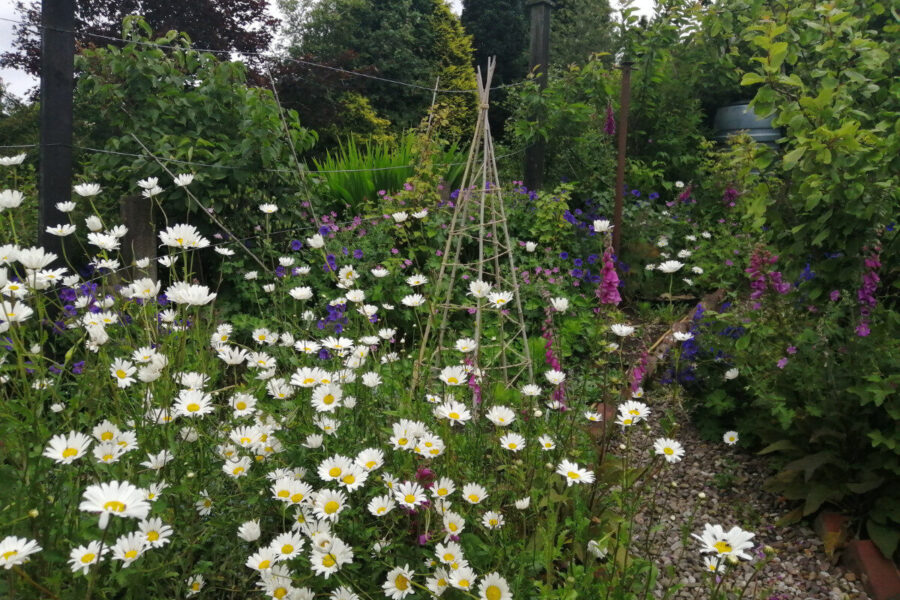
The cottage garden for years has largely consisted of cordon apples and pears, a quince and plum tree, some cherry trees, roses, and myriad perennials including daisies, lupins and geraniums.
There were no traditional shrubs so I bought a small Photinia x fraseri ‘Red Robin’ that sang out in the garden centre. I paired it with a Hypericum x hidcoteense ‘Hidcote’, or St John’s Wort, because the idea of yellow and red, paired with the pink of the geranium, the white of the daisy and myriad coloured lupins appealed to me.
I’d like a Daphne mezereum var. rubra next, a deciduous native with the loveliest of scents and flowers that appear before the leaves in late winter to early spring. It’s early nectar for bees who love the purplish-pink flowers that cluster in twos and threes from buds on the twigs before the leaves grow.
I knew shrubs were important to me when a friend offered me a cutting from their philadelphus, or mock orange. I took several and one survived, and that too will go into the cottage garden.
The exciting thing now is that this move into shrubs is rejuvenating everywhere in my garden, even the vegetable patch, where I will plant another Hypericum x hidcoteense ‘Hidcote’ as a windbreak.
For wildlife, for lower-maintenance gardening, for garden protection, my move into the world of shrubbery will provide multiple benefits all-round. Monty Python’s Knights who say ‘Ni’ would be proud!
………………..
Jobs for the fortnight

1. Support tall-growing perennials including Jerusalem artichokes. Use canes around the foliage every metre (3ft) on both sides of the plants. Then use a strong string to thread a cat’s cradle around and through the stems so they will move in the wind without snapping.
2. Thin out apples. It is tempting to leave all your apples after the June drop – when the trees drop any fruit they cannot carry – but this will result in smaller apples at harvest time. Remove any apples that are small, damaged or misshapen. In a cluster, select one to two large, healthy apples to keep, and remove the others. Also take apples that are shaded or less exposed to sunlight and air to avoid disease.
3. Harvest soft fruit and lettuce. Strawberries are now at their peak and early raspberries are starting to come. Fruit that you will not eat immediately can be frozen and turned into jams when you have enough. Keep harvesting lettuces, as a few warm days can see a lettuce run to seed and then the leaves turn bitter.
4. Successional sowing. Sow lettuces every fortnight in trays to replace what you are harvesting. You can still sow lettuce, runner beans, French beans and sweetcorn directly into the soil.
………………..
Future thinking – a self-sufficiency idea
Start your winter sowings in your greenhouse or polytunnel now. Sow spring cabbages, Chinese cabbages (Napa cabbage), komatsuna (Japanese mustard spinach) and pak choi for a late-season harvest or winter storage. You can also sow mustard greens and mizuna.
Sow in a tray of peat-free compost, water the compost beforehand, sow the seed and cover with a light sprinkling of sieved compost. The cabbages will fill the hunger gap next year.
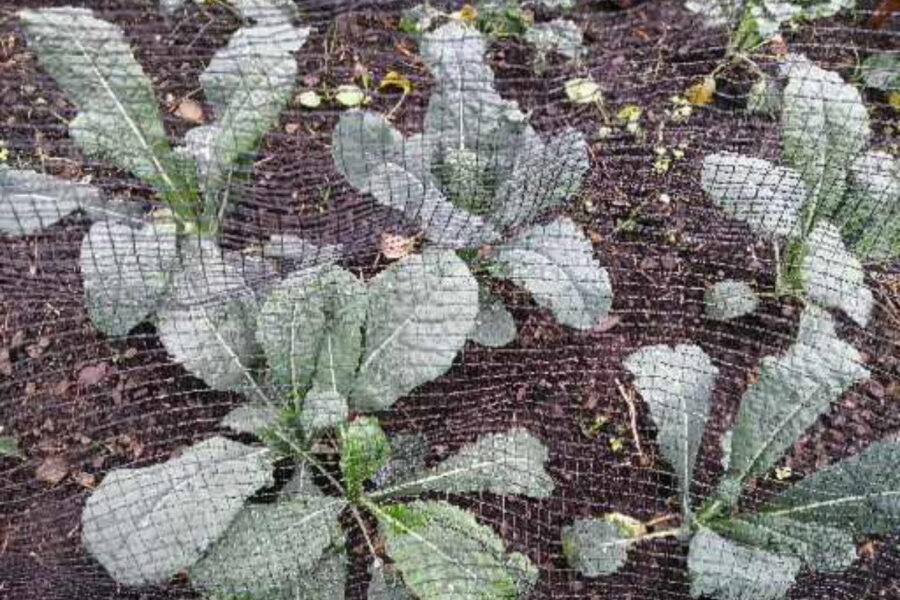
…………………
BIO
Andrew Oldham is a self-sufficient(ish) gardener who believes in the joy of down-to-earth growing and cooking. He lives high on the Saddleworth hills with his family at Pig Row. Find him on all social media platforms as @lifeonpigrow
Find more tips, advice and articles like this at the Amateur Gardening website. Subscribe to Amateur Gardening magazine now

